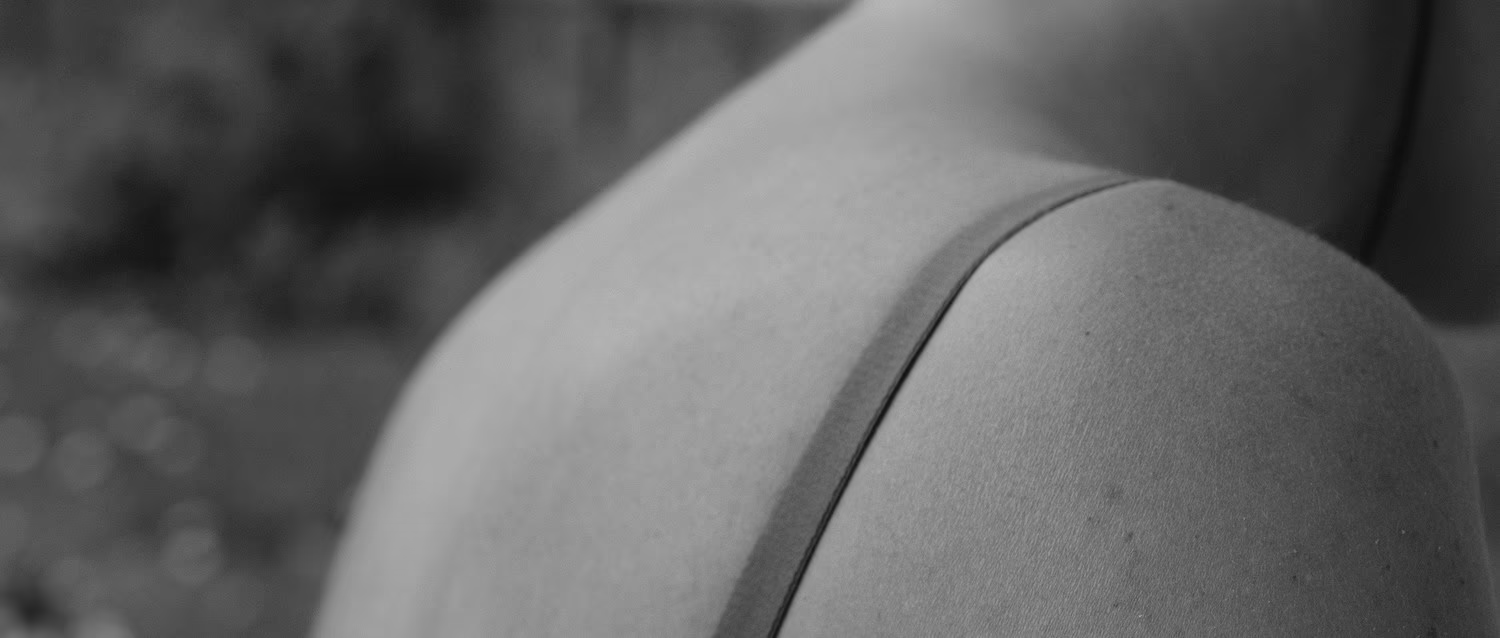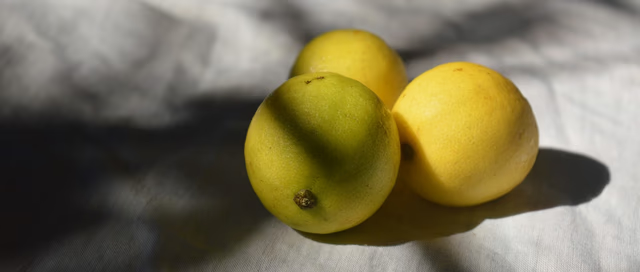
What's causing your breast pain?
Peer reviewed by Dr Sarah Jarvis MBE, FRCGPLast updated by Sally TurnerLast updated 28 Mar 2018
Breast pain, or mastalgia, is common in women of all ages and can often be a source of anxiety. We look at causes and management options, and the symptoms you should never ignore.
In this article:
Breast pain can vary in intensity and is typically felt as tenderness, burning, a sharp stabbing pain, or as an aching heaviness. It may occur in both breasts, one breast, or in the underarm area. According to Sutter Health California Pacific Medical Center, up to 70% of women will experience breast pain (mastalgia) at some point in their lives, although only around 15% will require medical treatment.
Continue reading below
Breast pain and cancer
Many women are anxious that mastalgia could be a sign of breast cancer, but pain is not usually an early symptom. Nevertheless, it's important to see your doctor if you're concerned about breast pain.
Patient picks for Breast problems
Types of breast pain
There are three main categories of mastalgia: cyclical breast pain (linked to the menstrual cycle), non-cyclical breast pain (multiple causes) and chest wall pain (which feels as though it is located in the breast, but actually emanates from elsewhere).
Carolyn Rogers, clinical nurse specialist at Breast Cancer Care, says cyclical breast pain is particularly common:
"Most women are able to live with the discomfort as a regular part of their menstrual cycle, but for some it does present as severe pain every month that may interfere with sexual, social and physical activities."
Cyclical breast pain
Cyclical breast pain is due to a fluctuation in hormones during the menstrual cycle which makes the breast tissue more sensitive, although the exact cause is unknown. The discomfort tends to be bilateral (affecting both breasts) and usually occurs during the week or so before a period. Often the pain is accompanied by changes including lumpiness and thickened areas of breast tissue, and feelings of swelling, aching and heaviness usually resolve after menstruation.
Non-cyclical breast pain
Non-cyclical breast pain can affect women at any point in their lives and the pain can be continuous or intermittent. Discomfort may be felt in one or both breasts and can be generalised or specific to one area.
Causes can include previous surgery or trauma to the breast, hormonal contraception and hormone replacement therapy (HRT), pregnancy, and certain medications such as antidepressants and cardio tablets. Mastitis (an infection which can occur in lactating mothers, though also in menopausal women) can be very painful and is usually accompanied by a high fever and redness of the breast tissue.
Benign (non-cancerous) conditions such as cysts and fibrocystic changes can also give rise to pain.
"Cysts are small, fluid-filled sacs that are completely benign and many women get them," says Rogers. "Most don't discover they have breast cysts until they have an investigation such as an ultrasound. Some cysts are larger, rather like a balloon filled with water, and can cause a lump which you can feel. When women go to the doctor with a breast lump and discomfort, this is often the reason."
It is common for fibrocystic breasts to become lumpy and painful before a period as a result of hormonal fluctuations. At menopause, women taking HRT may also be more susceptible to breast cysts.
"It's important to be aware that these cysts do not increase your risk of breast cancer," reassures Rogers. "And breast pain is not a common symptom of cancer."
At puberty, girls develop breast buds which may feel sore - some discomfort is normal and should pass in time. Enlargement of male breast tissue (known as gynaecomastia) can also cause pain - at puberty, but also in older men.
Chest wall pain
Also known as extra-mammary pain, this is often triggered by respiratory infection or trauma elsewhere that can cause referred pain to the breast, or pain on the chest wall. Inflammation of the cartilage of the ribs and breastbone (sternum) can also give rise to referred breast pain, particularly conditions such as chondritis and Tietze's syndrome.
Continue reading below
What can help
Evening primrose oil and vitamin E supplements used to be recommended as self-help measures for cyclical breast pain.
"There's no definitive research to prove that this is helpful though," says Rogers. "The evidence is inconsistent."
Instead, she offers practical measures that women often cite as helpful:
"First off, make sure you have a really good, well-fitting bra, as that can make a big difference. Some women report that making changes to their diet and lifestyle can alleviate symptoms - cutting out caffeine and alcohol, and reducing or giving up smoking; others find that pain relief such as paracetamol and ibuprofen can be helpful, particularly a topical application of ibuprofen gel. There are a couple of medicines that can be prescribed for breast pain, but they have quite significant side effects which is why clinicians are quite reticent about prescribing them."
Non-cyclical breast pain responds less well to treatment, unless a specific trigger is identified that can be addressed. Stress and anxiety have been linked to non-cyclical breast pain, so finding ways to counter stress levels, such as mindfulness practice, yoga and exercise, may be helpful. NSAIDs such as topical ibuprofen may also offer some relief.
"It can often be difficult to determine the cause of non-cyclical breast pain," explains Rogers, "but in about 50% of women it will settle down by itself."
Treatment for chest wall pain will depend on what it causing it; a pulled a muscle in your chest is likely to improve over time and can be treated with over-the-counter pain relief, but more serious conditions will require medical advice.
The importance of checking your breasts
It is important to check your breasts regularly and develop an awareness of what they look and feel like, so you are more able to detect any changes should they arise.
"Anything new for you is a concern," says Rogers. "If you have a pain in one breast only, that is much more localised and persistent, then get that checked out. The same goes for nipple discharge and skin changes."
She also suggests keeping a diary of the severity and timing of breast pain symptoms, as this will give your GP an indication of whether the issue is likely to be cyclical or not.
Article History
The information on this page is written and peer reviewed by qualified clinicians.
28 Mar 2018 | Latest version

Feeling unwell?
Assess your symptoms online for free

